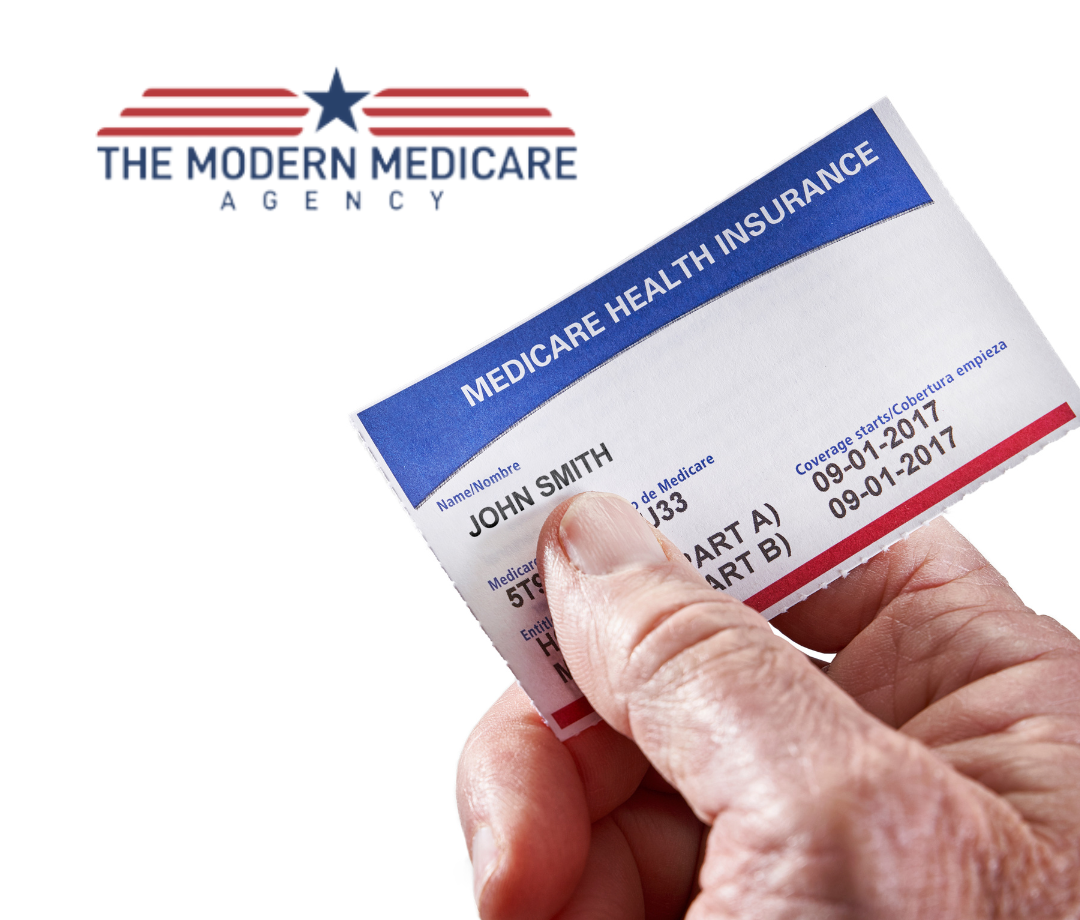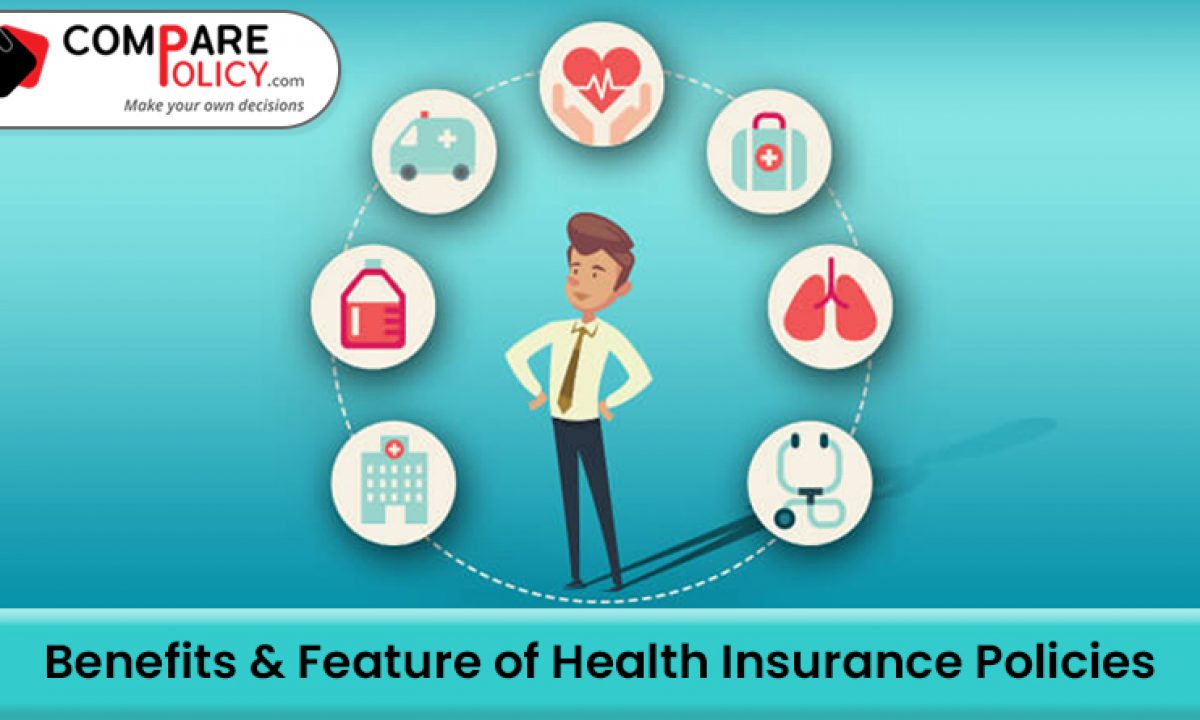The Basic Principles Of Medicare Advantage Agent
Medicare Advantage Agent Things To Know Before You Get This
Table of ContentsFascination About Medicare Advantage AgentThe Ultimate Guide To Medicare Advantage AgentWhat Does Medicare Advantage Agent Do?


follows from adheres to the relatively young reasonably profile of the uninsured with without insurance better healthMuch better on average, standard younger personsMore youthful For those without accessibility to workplace health insurance, inadequate wellness is a possible obstacle to acquiring nongroup insurance coverage due to the fact that such insurance coverage might be extremely valued, omit preexisting conditions, or be simply unavailable. Unless or else noted, national quotes of individuals without health insurance policy and proportions of the population with various kinds of coverage are based on the CPS, the most commonly used resource of price quotes of insurance coverage and uninsurance prices.

3 Simple Techniques For Medicare Advantage Agent
The connection between health and wellness insurance and access to care is well developed, as recorded later in this phase. The connection between health insurance and wellness outcomes is neither direct neither basic, a substantial clinical and wellness services research literature web links health insurance protection
to improved access to care, better far betterTop quality and improved enhanced individual population populace wellnessCondition The 2nd record, on personal health and wellness end results for uninsured grownups, is represented by the inner circle of the figure, while the 3rd record, on family health, includes the topics of the 2nd report yet stresses a various unit of evaluation, namely, the family.
It focuses particularly on those without any kind of health insurance coverage for any size of time. The problems dealt with by the underinsured are in some areas similar to those faced by the uninsured, although they are usually less extreme. Uninsurance and underinsurance, nevertheless, include noticeably various policy concerns, and the techniques for addressing them may vary. Throughout this research and the 5 reports to adhere to, the major focus is on persons without any medical insurance and thus no support in spending for health and wellness treatment past what is readily available via charity and safeguard establishments. Wellness insurance policy is an effective factor affecting invoice of treatment since both patients and physicians reply to the out-of-pocket rate of solutions. Health and wellness insurance coverage, nevertheless, is neither needed nor enough to get to clinical services. The independent and direct result of wellness
insurance insurance policy protection access accessibility health health and wellness solutions well establishedDeveloped Others will get the healthcare they need also without health and wellness insurance coverage, by paying for it out of pocket or seeking it from companies who use treatment free or at extremely subsidized rates. For still others, medical insurance alone does not make sure receipt of care because of various other nonfinancial barriers, such as an absence of healthcare providers in their area, minimal accessibility to transport, illiteracy, or etymological and social distinctions. Formal study regarding uninsured populaces in the USA dates to the late 1920s and very early 1930s when the Board on the Expense of Medical Care generated a collection of records about financing medical professional office visits and her response hospital stays. This issue came to be salient as the numbers of clinically indigent climbed up throughout the Great Anxiety. Empirical studies continually support the link in between accessibility to care and enhanced wellness end results(Bindman et al., 1995; Starfield, 1995 ). Having a routine source of treatment can be considered a forecaster of accessibility, instead of a direct procedure of it, when wellness end results are themselves made use of as gain access to indications. This expansion of the idea of accessibility measurement was made by the IOM Board on Keeping An Eye On Gain Access To to Personal Healthcare Services(Millman, 1993, p. Whether or not moms and dads are insured shows up to impact whether their youngsters obtain treatment along visit this site right here with just how much careeven if the youngsters themselves have coverage(Hanson, 1998). The wellness of moms and dads can affect their ability to look after their children and the level of family anxiety. Fretting about their youngsters's access to care is itself a source of anxiety for parents. Three chapters comply with in this record. Chapter 2 provides a summary of how employment-based medical insurance, public programs and specific insurance policy policies operate and interact to give considerable but insufficient protection of the united state populace. This includes an evaluation of historical fads and public laws influencing both public and private insurance coverage, a conversation of the communications among the various sorts of insurance, and an examination of why people move from one program to one more or finish up
